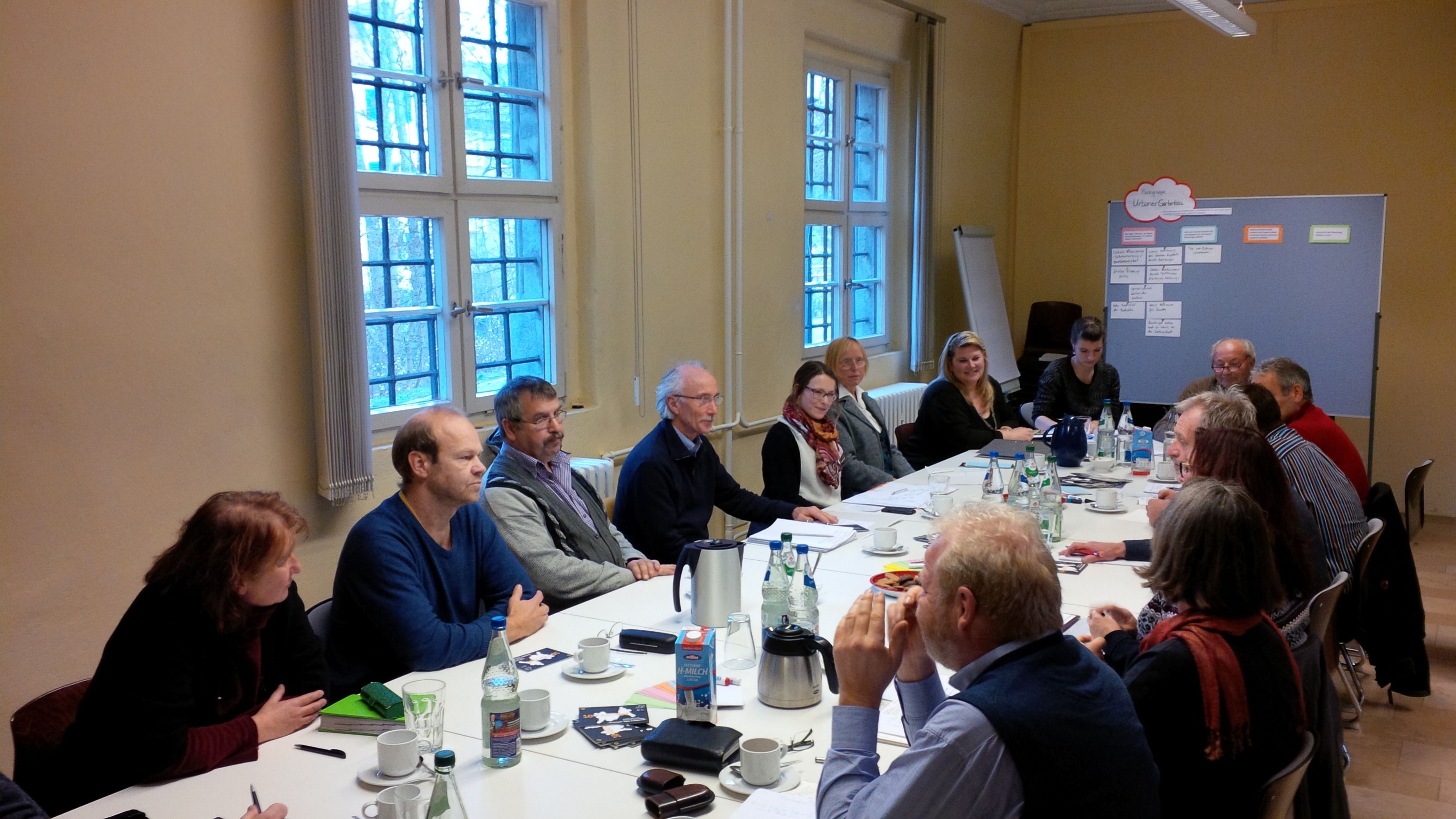Zoning based on patch-corridor-matrix model (Landscape Planning)
In order to set-up a functional zoning, the connection between the different components of land-use is vital. Landscape planning is a tool for integration and creates a feasible condition for implementing management based on system thinking. The use of the patch-corridor-matrix model from landscape ecology enables habitat connectivity and biodiversity conservation.
The CBR's zoning clearly identifies that the core zone is the MPA, which is responsible for protecting primary forests on the islands and the seascape. The transition zone is the ancient town, and these two conservation centers are connecting through the buffer zone of rivers, mangrove, estuary and sea. Each zone will have its own development plan based on the main CBR zoning. Specifically, in the core zone, the government does not allow the construction of large hotels, giving priority to develop homestays; the constructions are restricted in height, materials and operating procedures to ensure that do not disrupt forest and marine ecological landscape. In the transition zone, the old town is preserved through construction regulations. All socio-economic activities taking place in the buffer zone are planned based on the protection and promotion of the values of river, mangrove and beach ecosystems.
One year after receiving the CBR designation by UNESCO, Hoi An city quickly established five economic development sub-zones (2010) and then adjusted them into three sub-zones corresponding to the three functional zoning of CBR. This confirms the city's development strategy based on the outstanding value of each area that CBR has assigned in the zoning and the linkages between natural and cultural resources in the whole CBR.
(1) Need of principles for applying landscape ecology models that could be predictive.
(2) After many recommendations, the city has accepted to invite the CBR management board members to participate in most council approvals for planning ideas, infrastructure construction, projects investment, and all of services throughout the whole city. The SLIQ principle basing on the landscape, seascape and outstanding values of each zone in CBR has been used by CBR members to reflect and to comment on all projects’ proposals. This CBR consultation has been supporting the city in achieving its sustainable development goals while meeting the 7 criteria for CBR of UNESCO.
(3) The SLIQ model is also used to build sustainable livelihood models based on the value chain of natural resources and the benefit-sharing for many stakeholders involved.
(4) Moreover, CBR members are also invited to participate in the Strategic and Environmental Assessment (SEA) and Environment Impact Assessment (EIA) councils of most investment projects.
